Staying Fit


"Don't touch your face!” That's our new and constant mantra. But our faces are kind of hard to ignore when we're looking at ourselves on FaceTime and Zoom all day long. Throw in big-time stress, comfort eating at and between meals, less exercise and a change in routine, and we're faced with skin that looks a lot different from the way it did back around New Year's Eve. Here are 10 ways to keep your skin calm, healthy and glowing right now.

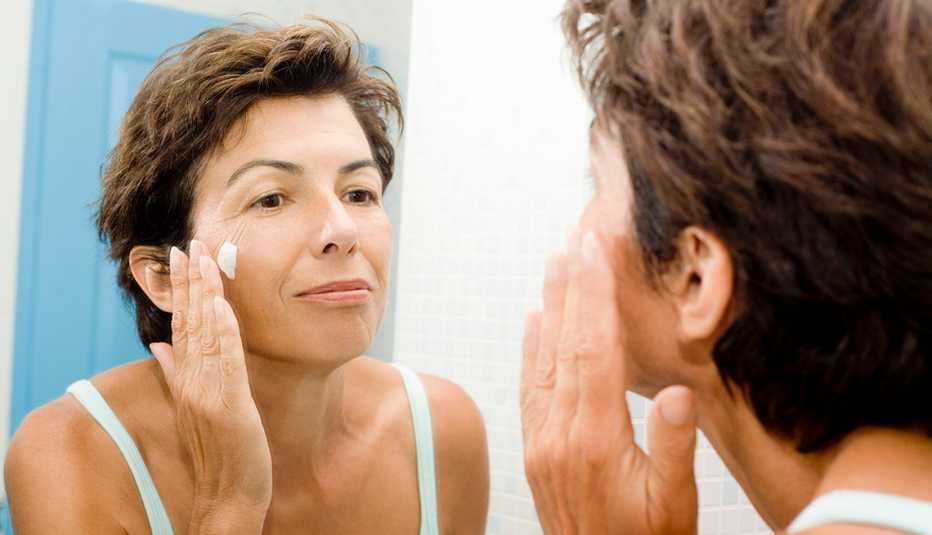
1. Stick to a daily a.m./p.m. skin-care routine
It's easy to slack off just sitting around indoors working, watching TV, reading and eating day and night — but don't. A morning and evening skin ritual gives your day structure, and doing something positive for your looks provides emotional support. The three basic and most important items for all of us (and this includes guys) are cleanser, moisturizer and sunscreen, and all can be found at affordable prices at drugstores and mass retailers in unscented versions for unisex use. That said, treating yourself now to a special skin-care item — the one you'd normally consider a splurge — also can provide a much-needed emotional boost.

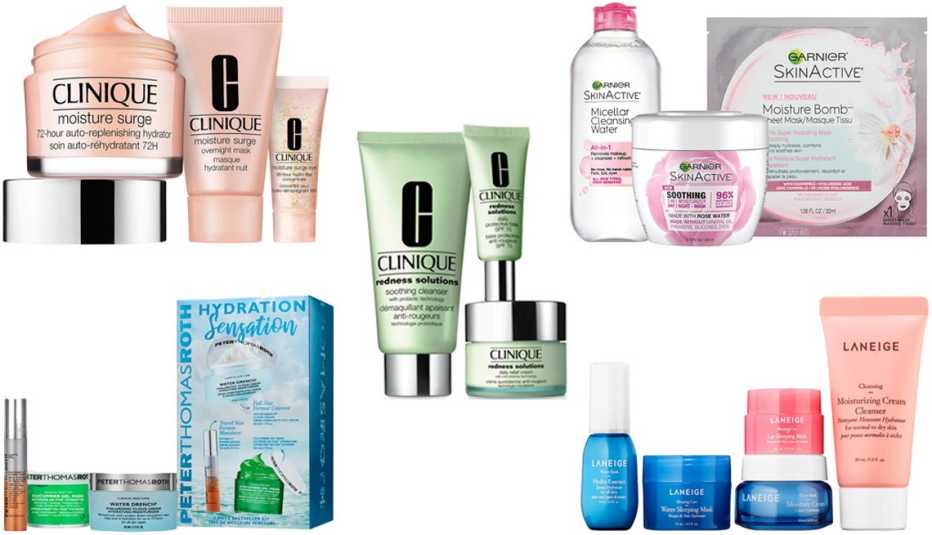
2. Try a skin-care kit to get back on track
Even with consistent product care, your sheltered-in-place skin can start behaving strangely. It might seem extra dry, blotchy, ruddy, rough and uneven in texture, or experience a few breakouts. This is due to a combination of things: easy access to the fridge and snacks, an increase in the stress hormone cortisol and a lack of your usual exercise (necessary for healthy circulation and nourishing of skin cells). You could eat sensibly, try to meditate and learn some dance routines on TikTok, but why not also opt for a prepackaged skin-care kit that focuses on restoring glow, moisture or a calm, even complexion. Trial-size kits are a good way to test a new regimen, too.

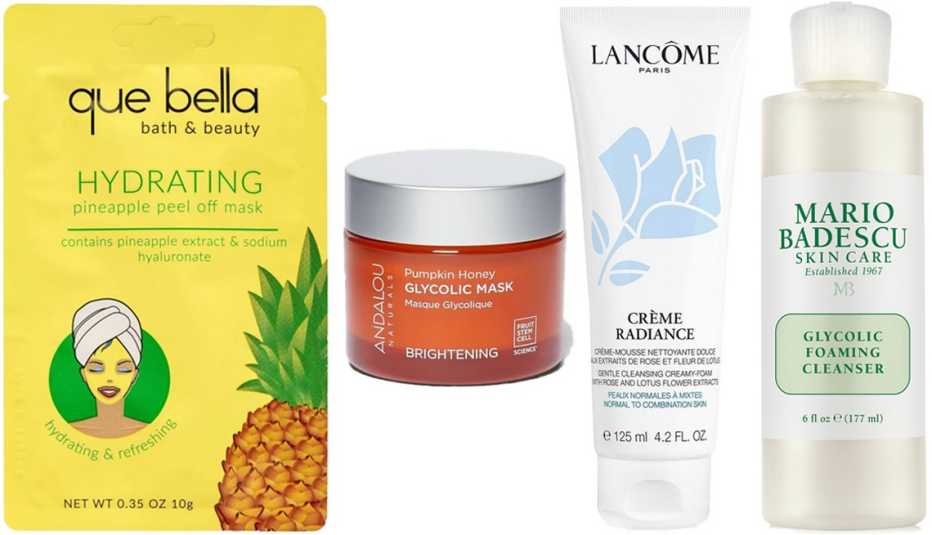
3. Keep up the exfoliation
If your skin feels drier than usual or has lost its glow, or the pores around your nose and chin look “dirty,” be sure to exfoliate twice a week. Slowed cell turnover (a normal thing for mature skin) is usually the culprit behind grownup skin that's parched, dull or dingy. It also prevents your moisturizer from penetrating and doing its job. Mild exfoliant cleansers with chemical sloughing ingredients like alpha hydroxy acids (AHAs) or vitamin C, and masks with gentle papaya or pineapple enzymes, are the easiest and safest way to get rid of dead cells lingering on the surface of your face. They won't irritate or create micro-tears like more abrasive physical scrubs with particles. No scrubs available? Just use your usual cleanser and massage your wet sudsy face gently with a clean wet washcloth.





























































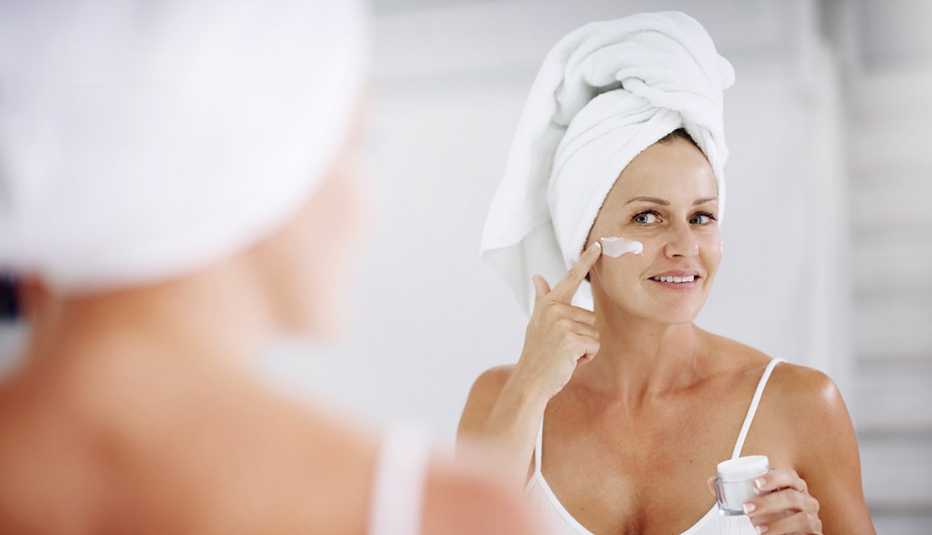
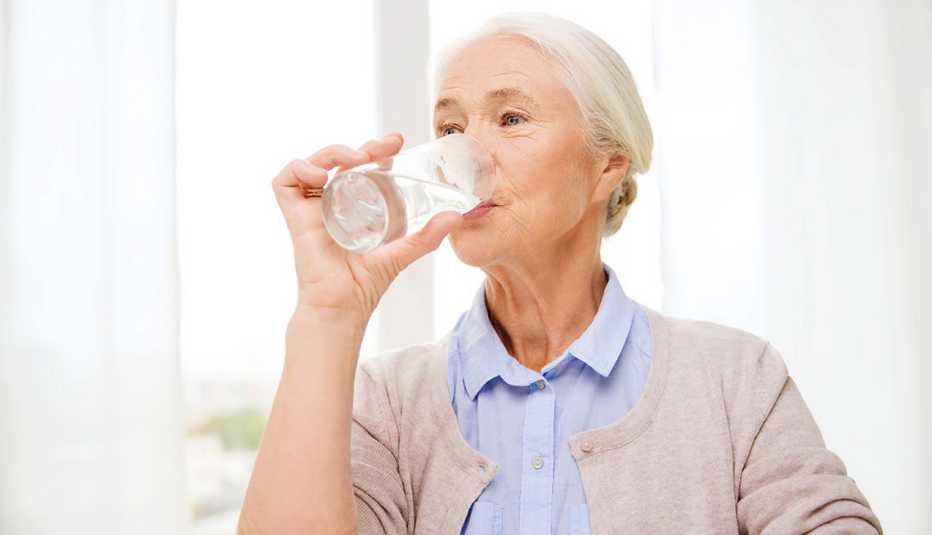

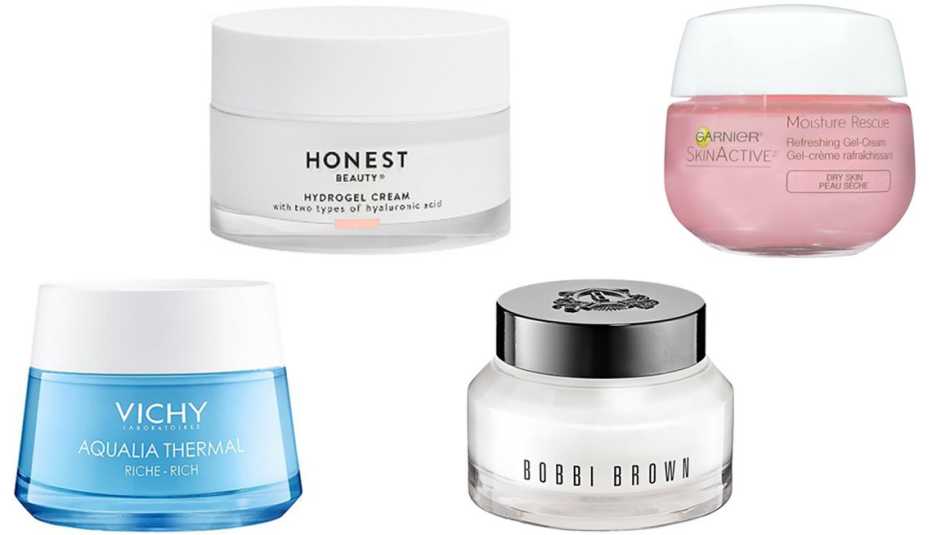
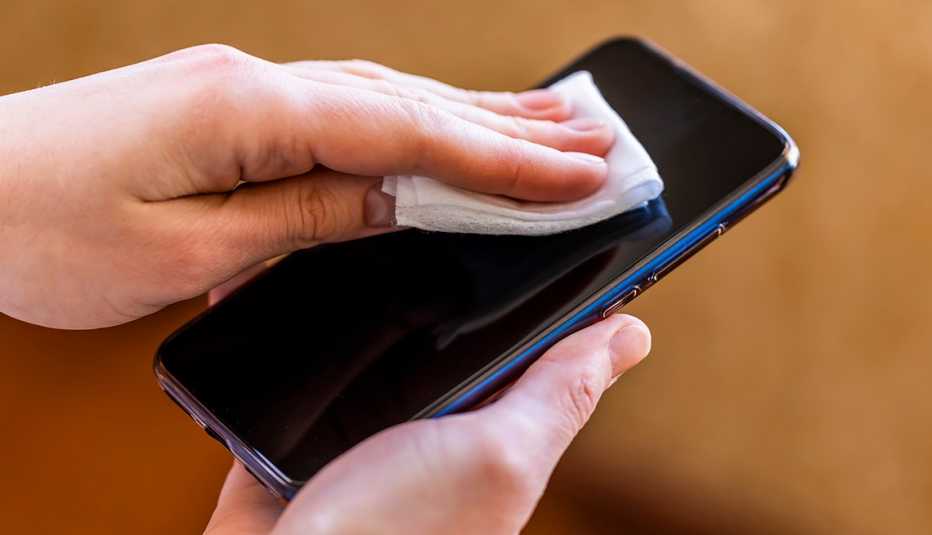
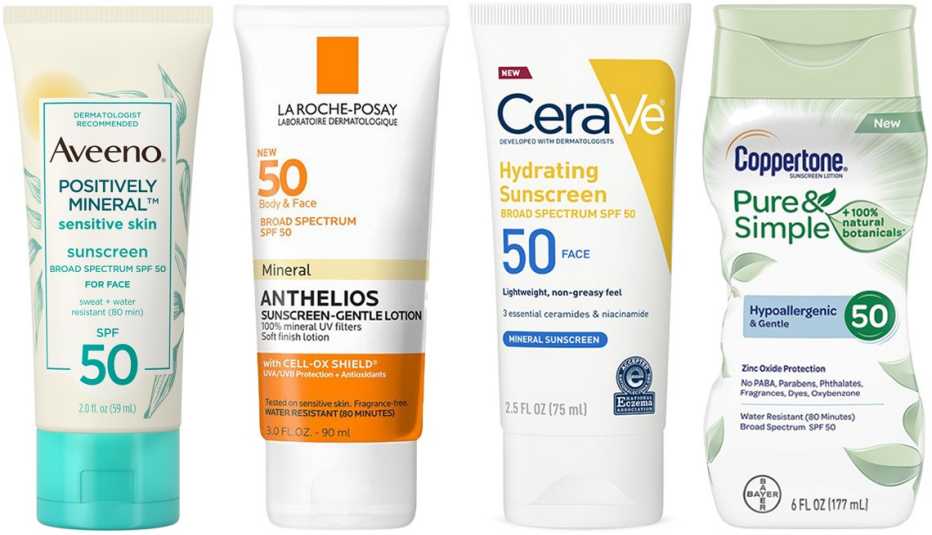
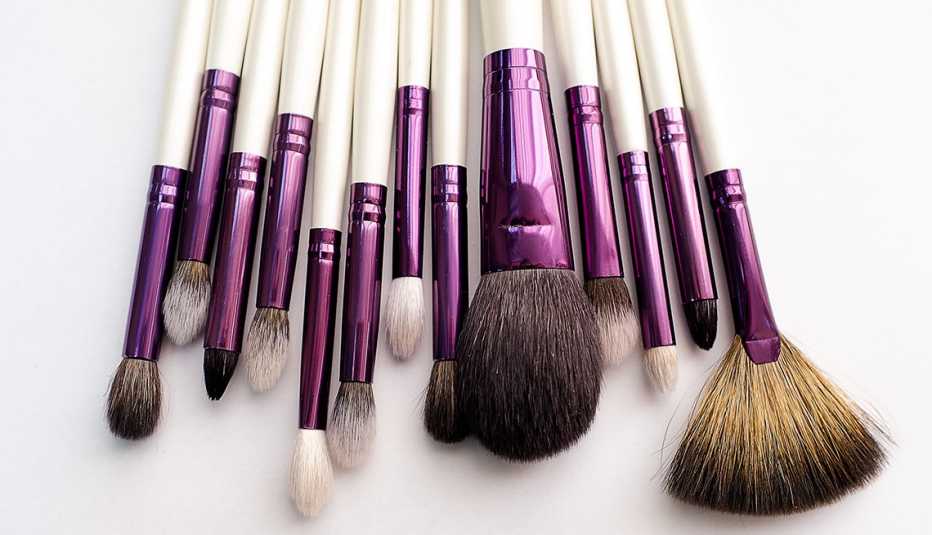




More on Entertainment
10 Tips for At-Home Brow and Nail Care
Tidy up those scraggles with easy DIY steps10 Tips to a DIY Haircut and Color at Home
Cover gray and trim tresses like a pro11 Ways to Refresh Your Clothes and Closet
Prep your wardrobe for spring and summer with these DIY tipsRecommended for You